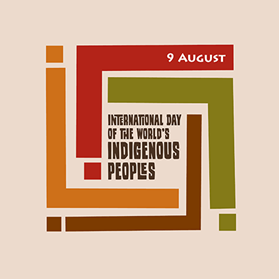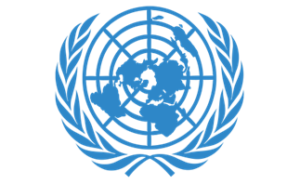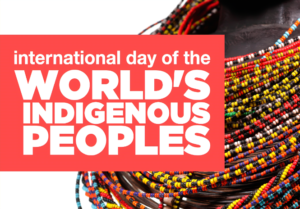 The U.N. General Assembly created International Day of the World’s Indigenous People on December 23, 1994. August 9 was chosen as it was the day of the first meeting held by the U.N. Working Group on Indigenous Populations of the Sub-Commission on the Promotion and Protection of Human Rights.
The U.N. General Assembly created International Day of the World’s Indigenous People on December 23, 1994. August 9 was chosen as it was the day of the first meeting held by the U.N. Working Group on Indigenous Populations of the Sub-Commission on the Promotion and Protection of Human Rights.
The International Day of the World’s Indigenous People on August 9 pays tribute to the indigenous communities of the world. The latest data reveals that there are about 370 to 500 million indigenous people living in 90 countries. These communities are noted to have their own unique set of languages, traditions, cultures, and governing systems.
For many indigenous groups, the systems that their ancestors have followed for centuries have stood the test of time by serving them with positive outcomes to date. Many indigenous people’s special bond and connection with nature have also led to the protection of the general environment.
However, on the other side, several indigenous communities face difficulties due to a central government’s covert and overt attempts to control their lives. This has led to indigenous people’s rights violations where they would have otherwise ensured peaceful and harmonious lives for them.
The U.N. suggests: How To Observe International Day of The World’s Indigenous People
Learn about indigenous groups
History related to indigenous people is always interesting to read and learn about. They have their own sets of beliefs, customs, languages, and cultures. Their daily lifestyles are also often connected with nature, be it animals, trees, certain plants, or lakes/rivers.
Learn an indigenous language
The U.N. declared the years 2022 to 2032 the decade for indigenous languages. The goal is to bring to attention the dying languages, since most of them are not taught in schools or are used by the general public. Losing a language is losing an important facet of the history and culture of a people.
Stand by indigenous groups
The best way to celebrate this day and the rest of the year is by vowing to stand by indigenous groups. The indigenous people have the right to freely choose however they wish to live, much like any other living being on this planet. Protecting their rights also in turn protects your rights in the long run.

5 INTERESTING FACTS ABOUT INDIGENOUS PEOPLE
- 80% of the world’s biodiversity
Around 80% of the world’s biodiversity is in places where indigenous groups are living.
- 4,000 indigenous languages
The 5,000 indigenous communities in the world are credited with having about 4,000 languages.
- High poverty rates
While the indigenous communities account for only 5% of the world’s population, they make up 15% of the world population that is living in poverty.
- Short life spans
Indigenous communities, due to a lack of awareness, have shorter life spans as they die of preventable diseases like malaria and H.I.V.
- Leaders in protecting the environment
Studies have shown that the fauna and flora, and biodiversity thrive and flourish where indigenous people reside.
Source: www.un.org





